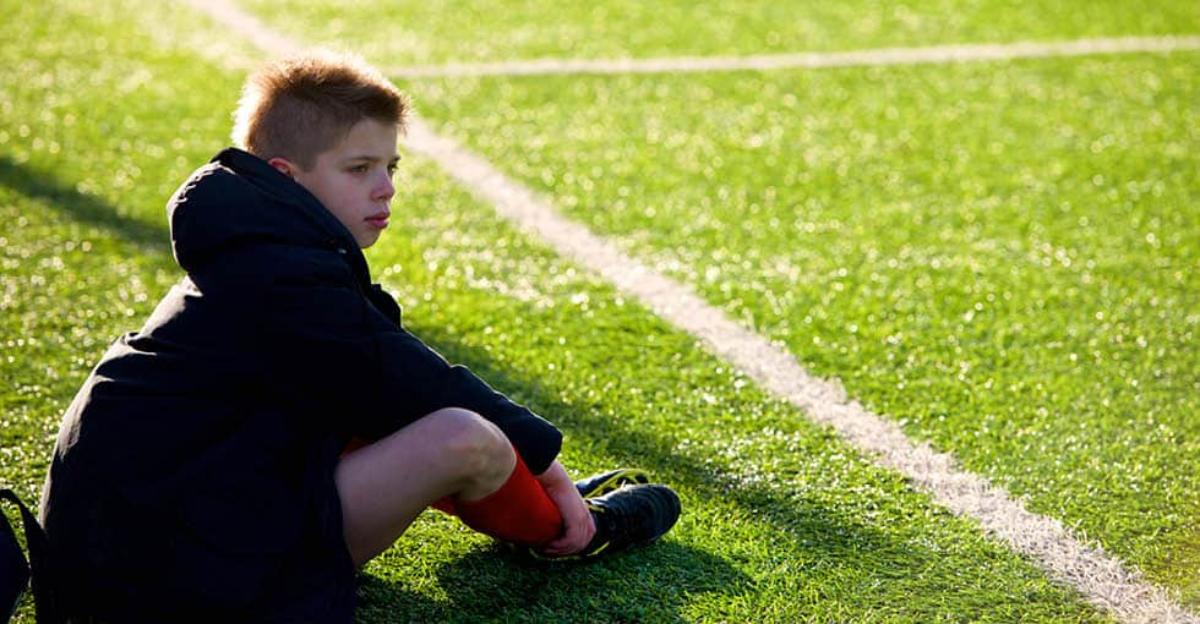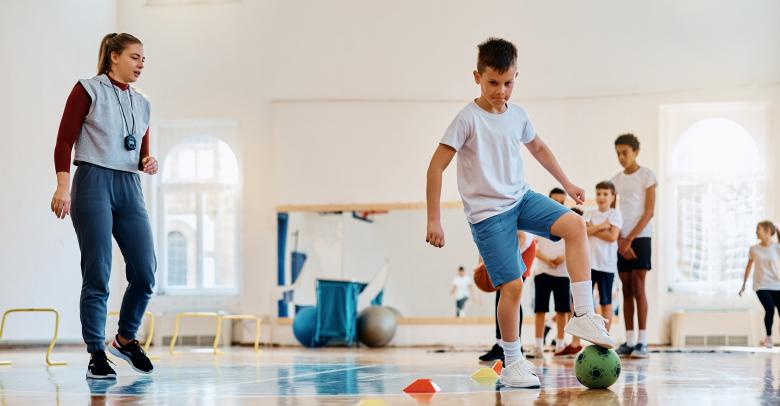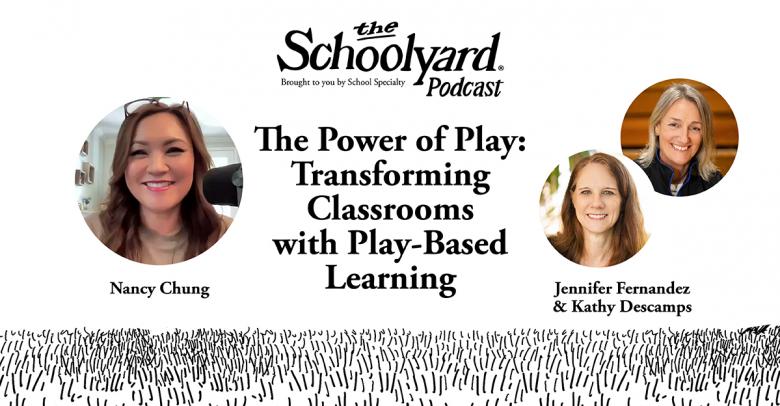Have you ever been chosen last for a sports team when you were a kid? It most likely had a lasting effect. Whether it made you: determined to get stronger; avoid recess or PE; or want to become a leader who would never do that, depended on your personality. For some children, a likely strategy to prevent this scenario and the ensuing humiliation, would be to focus on activities they were better at and shun physical activity settings altogether. As a trainer of Physical Education and Classroom Teachers all over the US, I’ve heard many horror stories of PE gone wrong in the “old days.” Some of these teachers stayed away from physical activity for years in order to avoid the pain, and some became PE teachers to “make it right” for the next generation. While everyone reacts differently, the point is that it never had to be that way in the first place! Why chance the emotional safety of your kids if you don’t have to?
Here are a few practices from the PE Hall of Shame and ways to avoid them:
Picking Teams
Let’s tackle the old “I’ll choose two captains and they will pick teams” routine. This typically plays out with two star athletes standing in front of the class/group and choosing one player at a time from, usually, the strongest to the weakest. Aside from being humiliating for about half the class who weren’t chosen in the top 50%, this practice takes WAY too much time. That is time that could have been used to practice and improve skills for all players. There are a 101 ways we can improve upon this practice, and here are a few:
- To make two groups of equal skill: have the children find a partner “at about the same skill level as you.” One is an X, the other a Z. Xs are in one group, Zs in the other.”
- However, very seldom do you just want two groups. Small-sided games are the way to go, not two teams of half the class. Kids get many more touches on the ball (or disc, puck, etc.) with smaller groups and they have more chances to pass, score, etc. So, keeping group size at five or fewer is best, even when playing activities that would traditionally have nine or more per team.
- So, to make small groups for small-sided games, try: “We will be playing at three competition levels: Rookie, Semi-Pro, and All-Star. Choose the level you feel best describes your level of skill, fitness, and competitiveness.” Then, once players get into these three divisions, have them form small groups of three to five on their own. You set up who plays whom, on which court/field. Supervise for groups that have self-selected either too high or too low for their true level and adjust accordingly.
- If you want six groups/teams: Form a group of six. Number yourselves one to six. All ones join here in Grid A to play all twos. All threes join in Grid B to play all fours, and all fives join in Grid C to play all sixes. Play for five minutes. Those who are ahead at the five minute mark move up a Grid to play a new group, those behind, move down a Grid.” This is a Royal Court Tournament where groups get to play similarly skilled groups as they move throughout the grids.
Elimination Games
Elimination games are another way to embarrass kids and stop their learning all in one fell swoop. Chasing and fleeing games are often the place where you see kids getting eliminated because teachers want a consequence for being tagged. The sad thing is, it’s the kids who get tagged first who probably need the most practice fleeing a chaser. But rather than get that practice, they now sit down and daydream or pick grass waiting for the game to get down to one or two “winners.” Can you imagine a math class where a student raises his/her hand with an answer that is incorrect and the teacher sends them out of the room? “No more learning for you!” Instead, try one of these solutions:
- When tagged, you become a tagger. Every minute or so, stop play and have students who haven’t been It yet, become It.
- When tagged, you do a “re-entry task” such as a fitness or skill-related activity; answer a question, or run and high-five the teacher. Once complete, they re-enter the game.
- Have two areas side-by-side. When tagged, you leave one side and move to the other. Change Its every minute or two.
- When tagged, stand in place with one hand up. Another student unfreezes you by giving you a high-five. This teaches empathy for others, doing a good deed, and gives everyone plenty of time for fleeing practice.
Fitness Punishment
“Drop and give me 20!” Here’s another outdated, but still used, practice: when a student does something incorrectly, they are told to do some sort of fitness as a punishment. Be it push-ups (the old favorite) or running a lap, the idea is that this will somehow decrease the incidence of the negative behavior in the future. (The definition of punishment is any consequence that occurs after a behavior that then reduces the likelihood of that behavior occurring again.) This doesn’t work for several reasons; a random fitness task will have no effect on another skill they are trying to learn. In addition, children learn to associate fitness with punishment, and thus try to avoid it. Do we want our kids to avoid fitness? I don’t think so. Better to use fitness in an appropriate way throughout lessons to increase fitness (seems obvious), not as a strategy to decrease another behavior. Students will learn that engaging in fitness activities makes them stronger, faster, and more fit; as a result they’ll want to do them more, not less.
Student Examples
“Anthony, show us how you can dunk a basketball.” Using a gifted student to show the others what they should be able to do if they only tried. Well, I’ve got news for many PE teachers: that isn’t always motivating! Many kids see that and want to give up. Others resent the gifted athlete. Still others may try really, really hard, but unless there’s a miracle, they won’t be able to dunk (or whatever the skill). Better to have a mix of kids from a variety of skill levels help with your demonstrations. Find what each student can do well and give them a chance to demo sometime during the year.
Dodgeball
Dodgeball! Using humans as targets seems like a really fun idea to only a handful of kids in your class. Unfortunately, they are the most verbal kids, so they often get their way and the game of dodgeball continues to be played at elementary, middle, and even high schools across the nation. Students are thrown at by other students with a variety of tossables. I have all sorts of teachers tell me “Oh, we only use foam balls. They love it!” Well, I’m here to tell you they don’t all love it. It is your highly skilled athletes who are the biggest fans. The kids who get nailed in the face on the first throw end up sitting on the side praying they don’t have to go back in. Lower-skilled throwers often toss the balls to higher-skilled players so they can throw because of the pressure and getting yelled at. This is a case of the rich getting richer and the poor just wanting it to end. Solution: no dodgeball! Just about any other small-sided game is better for dozens of reasons. Just say “No!”
Remember to put yourself in the shoes of ALL your students. You may know how it feels to be the star athlete because maybe that was what you were, but your classes are filled with children of all skill levels. Your job is to reach every child and to turn them all on to physical activity for life. In order to do that, it’s important for everyone to feel safe and comfortable, and to look forward to coming to physical education class each day!






I love this breakdown — thanks for shining light on practices that too often go unquestioned in PE classrooms. The “PE Hall of Shame” is real, and your call to rethink things like team-picking, elimination games, “fitness as punishment,” and single gifted-student demos is spot on. Those practices may seem convenient or traditional, but they frequently shut out students who don’t already dominate — undermining confidence, equity, and the joy of movement.
One approach I’ve found useful (especially working with younger or mixed-ability groups) is what I call “rotating micro-stations.” Instead of dividing into two teams or doing one full class activity, set up 4–5 small skill stations (passing, footwork, balance, reaction drills). Students rotate every 3–4 minutes, giving more touches, more exposure, and less social comparison. Over time, you layer challenge or choice. This kind of model helps sidestep many of the “Hall of Shame” practices you mentioned while keeping energy high and participation meaningful. Thanks for this post — it’s a great reminder that how we design PE matters at least as much as what we teach.
What a great technique. Thanks so much for the helpful comment!